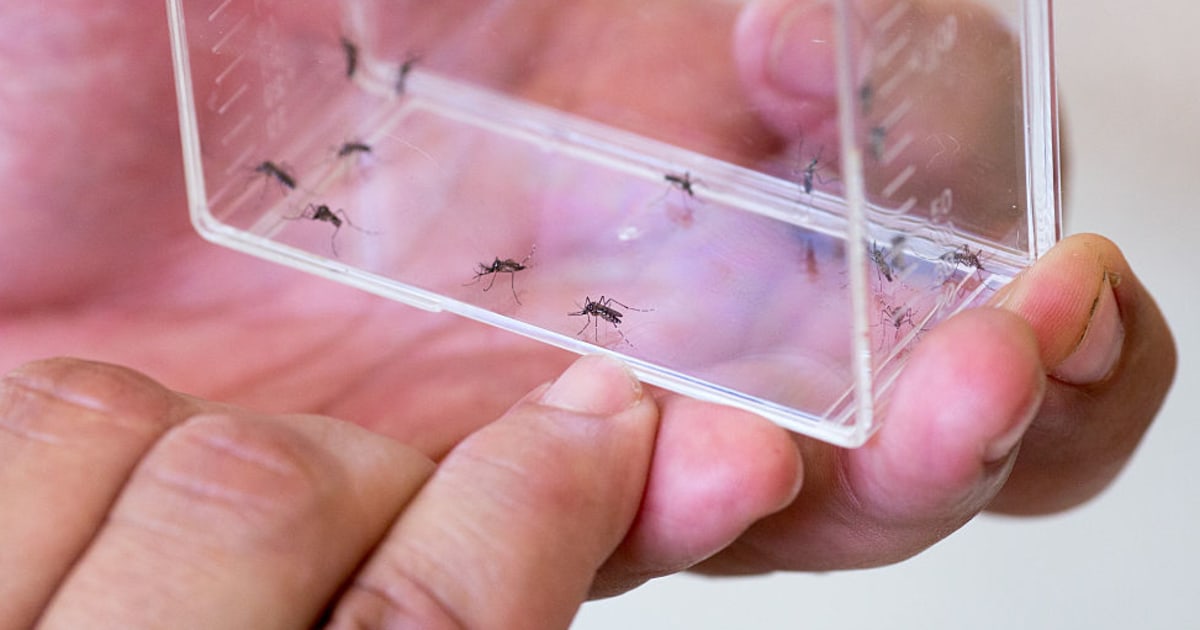This was the launch of the Landsat 9 satellite 0:47
(CNN Spanish) -
The PR-CuNaR2 satellite, built and developed by students from the School of Engineering of the Inter-American University of Puerto Rico, was placed in orbit this Tuesday from the International Space Station by the Japanese Space Agency (JAXA). announced the president of the academic institution, Manuel J. Fernós.
The University reported that since 8:30 AM the island has its first space satellite in orbit.
The scientific device will orbit the Earth for two years and collect information related to an investigation that studies the formation of the universe.
According to the press release from the Inter-American University, the satellite was off for 30 minutes from the moment it was placed in orbit.
Then the internal systems were activated.
At the time of being put into orbit, the International Space Station was passing through the Caribbean.
The satellite deployment was carried out using a JAXA aerospace robot, with an ejection module from the Nanoracks company.
The PR-CuNaR2 travels at 27,568 kilometers per hour through the 51.6 degree orbit, which will allow the satellite to pass over Puerto Rico twice daily for up to 10 minutes.
The satellite had been launched into space on August 29, in the Falcon 9 rocket's Dragon capsule from Cape Canaveral, Florida as part of SpaceX's Mission 23.
The next day, the Dragon capsule made its docking at the International Space Station.
What is the Puerto Rico satellite like?
The PR-CuNaR2 is constructed of aluminum, photovoltaic cells, batteries, and other materials approved for use in space.
It weighs 2.54 kilos, and measures 10.16 centimeters wide by 10.16 centimeters long and 30.48 centimeters high.
advertising
The device began development three years ago.
Inside, the device contains microparticles of stainless steel and silicon that emulate asteroids.
These microparticles will be in motion as long as the satellite is in space.
During its development, about 25 students from various engineering programs of the Interamericana de Bayamón participated.
However, since the development of the first prototype of this microsatellite in 2013, some 65 students have participated in the project.
Scientific investigation while orbiting the Earth
The movements and collisions of the microparticles will be recorded and photographed as part of a scientific investigation to study the origin and development of planets and young stars.
This part of the mission is carried out in collaboration with the Florida Space Institute and the Physics Department of the University of Central Florida (UCF).
satelite


/cloudfront-eu-central-1.images.arcpublishing.com/prisa/Q2GFUQLBLVDFDE4G6U6GH2UFJE.png)







/cloudfront-eu-central-1.images.arcpublishing.com/prisa/2C5HI6YHNFHDLJSBNWHOIAS2AE.jpeg)




